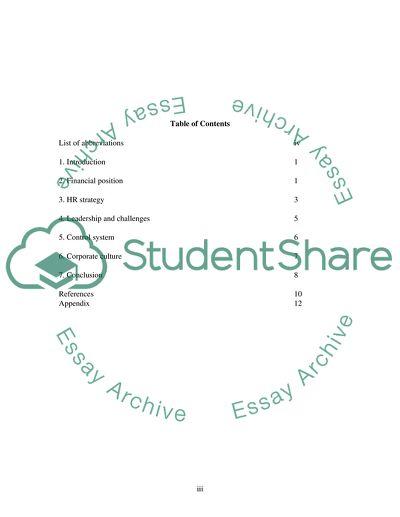Cite this document
(Southwest Airlines Recruitment and Selection Strategy of Employees Case Study, n.d.)
Southwest Airlines Recruitment and Selection Strategy of Employees Case Study. Retrieved from https://studentshare.org/human-resources/1549447-report-about-southwest-airlines
Southwest Airlines Recruitment and Selection Strategy of Employees Case Study. Retrieved from https://studentshare.org/human-resources/1549447-report-about-southwest-airlines
(Southwest Airlines Recruitment and Selection Strategy of Employees Case Study)
Southwest Airlines Recruitment and Selection Strategy of Employees Case Study. https://studentshare.org/human-resources/1549447-report-about-southwest-airlines.
Southwest Airlines Recruitment and Selection Strategy of Employees Case Study. https://studentshare.org/human-resources/1549447-report-about-southwest-airlines.
“Southwest Airlines Recruitment and Selection Strategy of Employees Case Study”, n.d. https://studentshare.org/human-resources/1549447-report-about-southwest-airlines.


